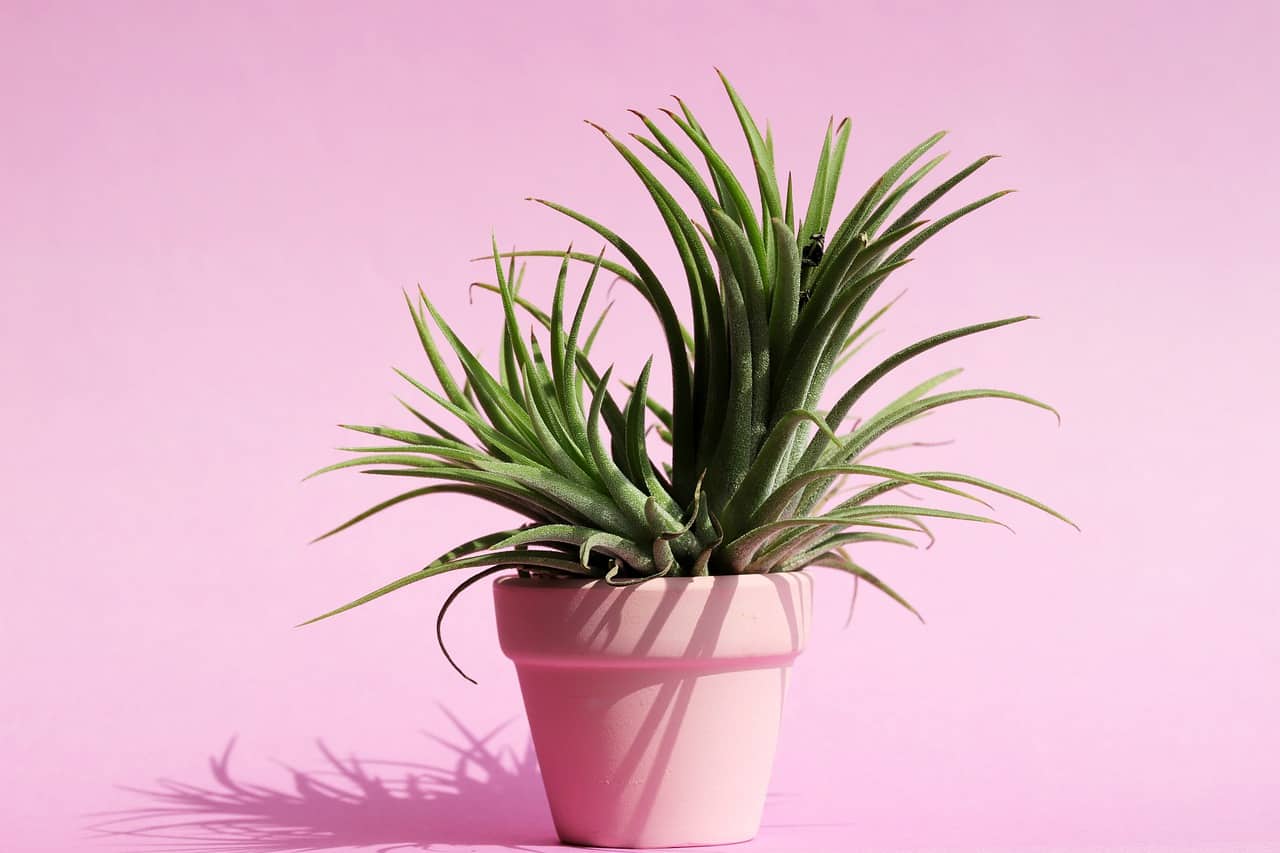
Not all plant species will be appropriate for a toddler’s room. Some plants are not safe for children. See what flowers you can put in a toddler’s room.
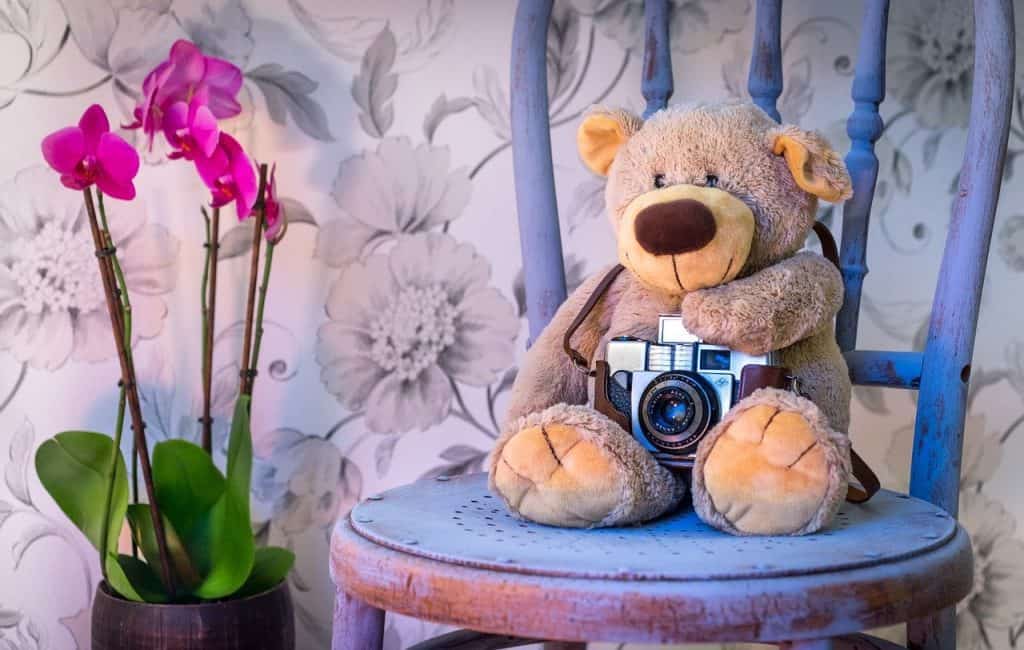
Placing flowers in a toddler’s room is a good idea, provided you choose the right species. Live plants are not only a decoration of the room – they also positively influence air quality. However, much depends on the species of flowers you choose.
Some species of plants, although extremely attractive, may be harmful for the toddler. The following species should definitely not be placed in a small child’s room.
Poisonous plants such as diphenbachia, monstera, poinsettia, oleander, philodendron, syngonium, trichomes, or Persian cyclamen should not be placed in the child’s room. Substances in the tissues of these plants may irritate the skin, mucous membranes of the oral cavity, gastrointestinal tract and conjunctiva.
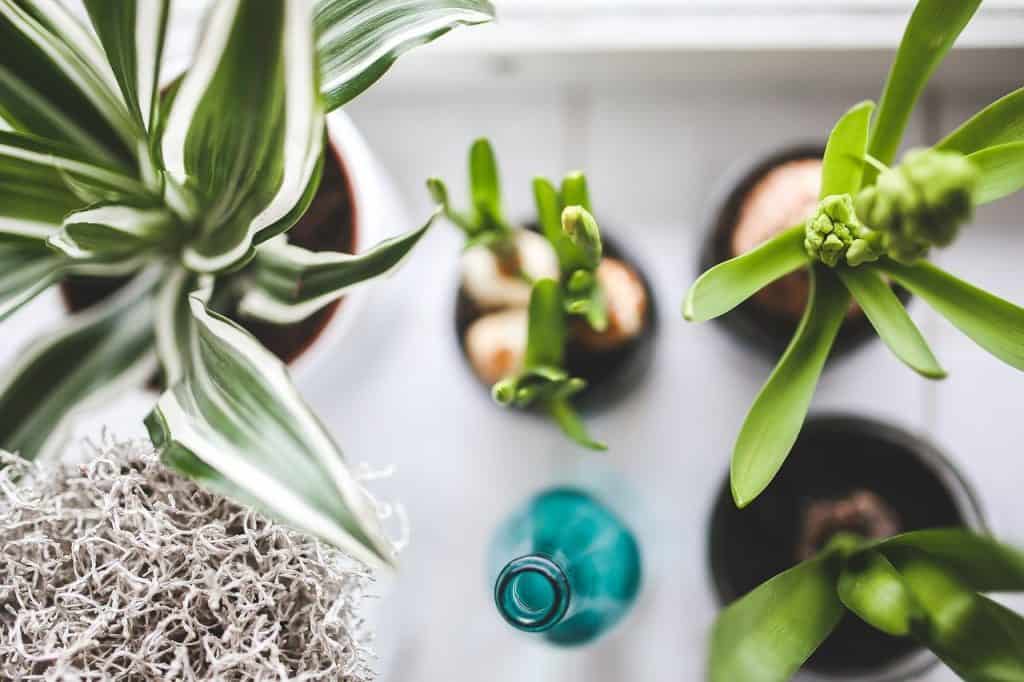
Flowering plants and those emitting strong smells may also be unfavorable for a small child. Such species may cause allergic reactions or allergies. So it is better to resign from flowers such as anthurium, hyacinth, or primrose.
It is better not to place plants with decorative fruits in the children’s room, which are often poisonous, but may seem attractive to eat, such as coral solanacea, or creeping nerther.
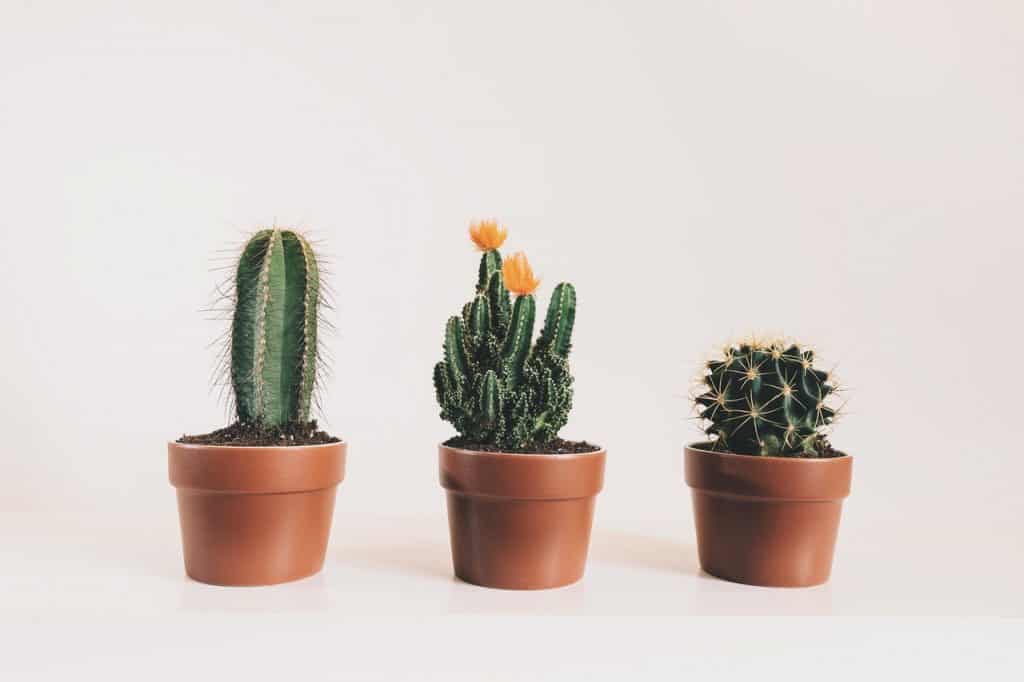
When decorating a toddler’s room, cacti or glossy or chid are also out, as well as any species that have thorns that could injure the child.
Large potted plants are also not recommended for a toddler’s room, as they may fall under their own weight and crush or injure a child nearby.
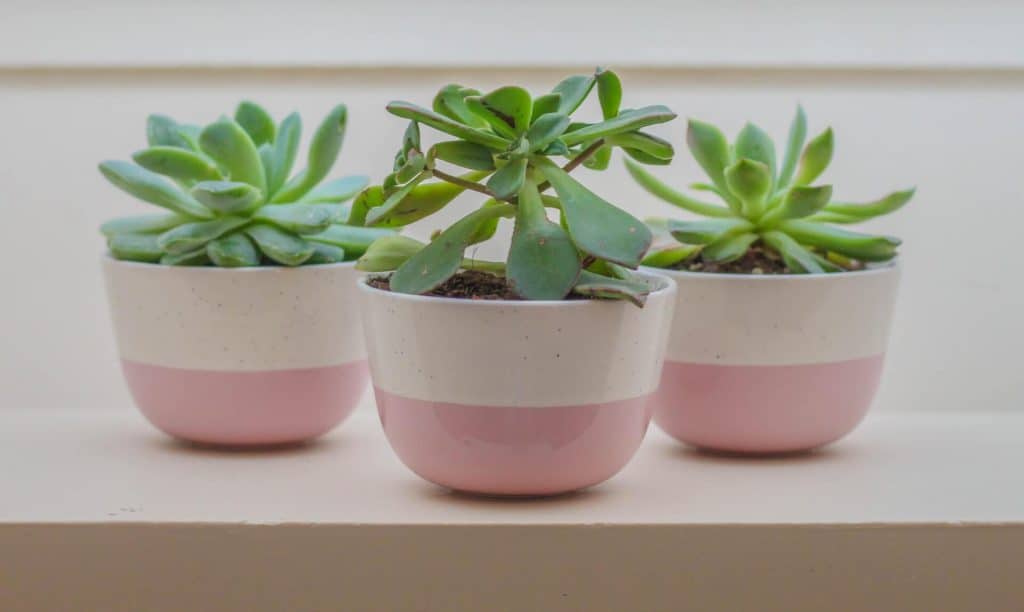
Safe flowers and potted plants for a child‘s room are certainly those that do not have poisonous substances, prickly thorns or thorns and those that their fruits will not tempt the toddler to eat them. In the child’s room, you can place without any fear such species as: foxgloves, sansewiers, threesomes, ferns, chamedoras, gerberas or African violets . Edible plants, such as herbs – basil, parsley, or chives – are also a good idea